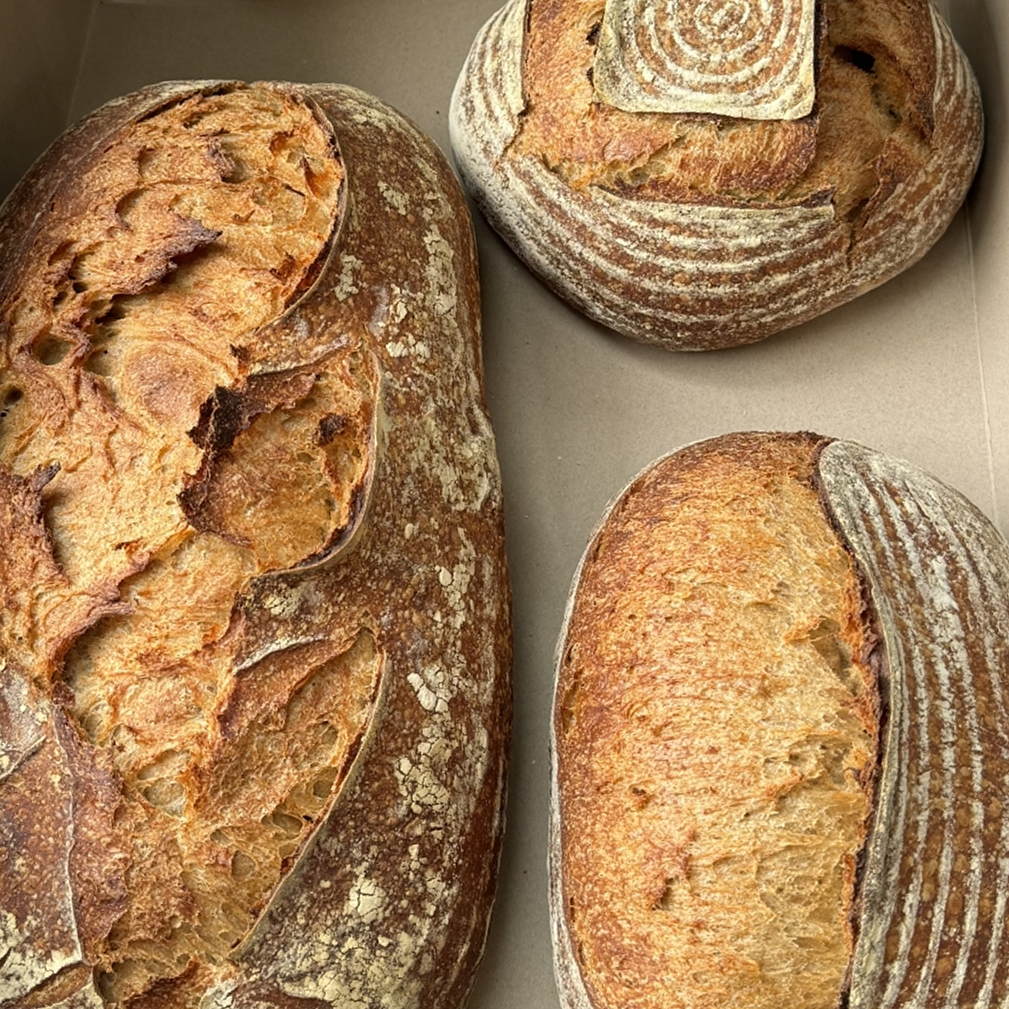Kernza® is a perennial grain used for baked goods, pasta, spirits, beers, or enjoyed as a whole grain like rice and pearled barley. Unlike traditional annual grains, Kernza® thrives for multiple years without replanting, reducing tillage and other resource-intensive inputs. Its extensive root system, which can reach over ten feet underground, prevents soil erosion, cleans water, and improves soil health.
The Flavor of Kernza®
The flavor profile of Kernza® is remarkably complex and nuanced, with its taste characteristics dynamically shifting depending on the culinary context and preparation method. Many have described it as sweet with caramel, oat-y, nutty, and graham-like notes, with the grain’s inherent complexity revealing itself differently across baking, brewing, distilling, and cooking techniques.
How is Kernza® used?
The unique flavor profile of Kernza® makes it an asset for the bakers, chefs, brewers, and distillers whose products are leading the way toward a new food system.
Pasta
Beer & Spirits
Baking Mixes
Whole Grain Uses
Bread & Crackers
Cereals
What Are Perennial Grains?
Perennial grains like Kernza® live and produce a harvest for multiple years without replanting, covering the ground year round. Annual grains must be replanted every single year. This critical characteristic drastically reduces the need for tilling and fuel and fertilizer use.
The Impact on Our Environment
The list of ways Kernza® benefits the Earth is extensive. It can protect water quality, improve soil health, strengthen wildlife habitats, and sequester carbon, which helps mitigate climate change.

A Boost to Nutrition, Too
The dietary advantages of Kernza® provide powerful potential for makers looking to boost protein and fiber content.
A Tale of Growth and Sustainability
The vision for Kernza® began long ago. Many changes and improvements have occurred that now make it available for producers around the world.